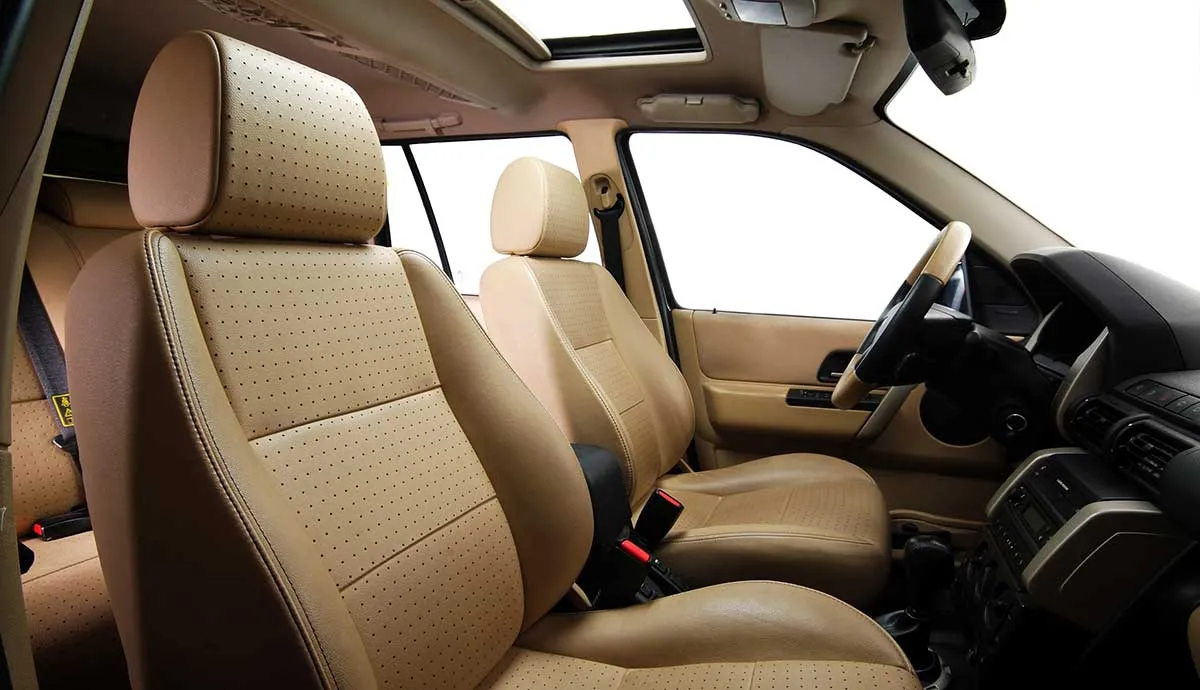The Challenge
When a leading global automaker redesigned a compact model for the Chinese market, the design team created classic lines and muscular contours. The challenge lay in bringing that aesthetic to the car’s interior, both effectively and affordably.
Compact cars need to keep a lower price point, yet the auto industry’s exacting safety standards for interior materials – and the OEM’s own commitment to quality for discerning customers – meant the design team would be challenged to find a suitable material for interior surfaces.
Fabric offered the qualities designers wanted, but the raw material cost was too high and secondary manufacturing processes too costly for the car’s intended price point. On the other hand, the designers didn’t want the typical look of a typical plastic interior.
The crosshatch look of fiber appealed to everyone, but the ideal material also needed to be able to endure the typical wear and tear a car’s interior takes over its lifetime. It had to provide temperature and impact resistance, along with UV resistance and anti-oxidation properties to prevent discoloration.
The Solution
The OEM had several years of experience working with Avient Smartbatch™ – a combination of color and performance-enhancing additives in a single pellet. So the designers met with the Avient automotive team in China to see what more could be done with the additives.
After reviewing the requirements, the two teams worked to customize a color and additive concentrate using carbon fiber to produce the desired visual effect that would make the interior pillars and headliner look like they were covered in fabric. The necessary levels of temperature, impact, UV and oxidation resistance were achieved through stabilizing additives.
The new material was provided as a masterbatch for just-in-time delivery to a subcontractor in China. Testing was done with onsite technical support to assure optimal results in production. After a successful trial, the OEM was convinced it could shift from fabric to a polymer interior using the color and additive concentrates.
The Impact
The final product delighted the car’s design team, and provided a number of critical advantages for the manufacturer:
- Reduced costs: The new material was less expensive than fabric – in raw form and in manufacturing costs.
- Improved quality and reduced waste: It eliminated uneven quality and high scrap rates that were inherent to working with fabric-covered parts.
- Increased efficiency: Because the polymer components were easier to manufacture, the OEM was able to reduce lead times for orders and the cost of carrying excess inventory.
By rethinking the material for its interiors, the OEM saved more than $500,000 a year in material, manufacturing and logistics costs. Further savings came from improved operational efficiency, based on the high consistency and stability offered by the new color and additive concentrate.
